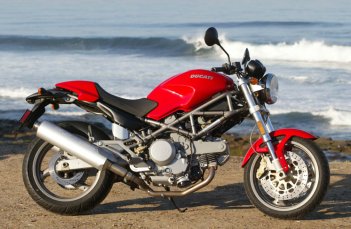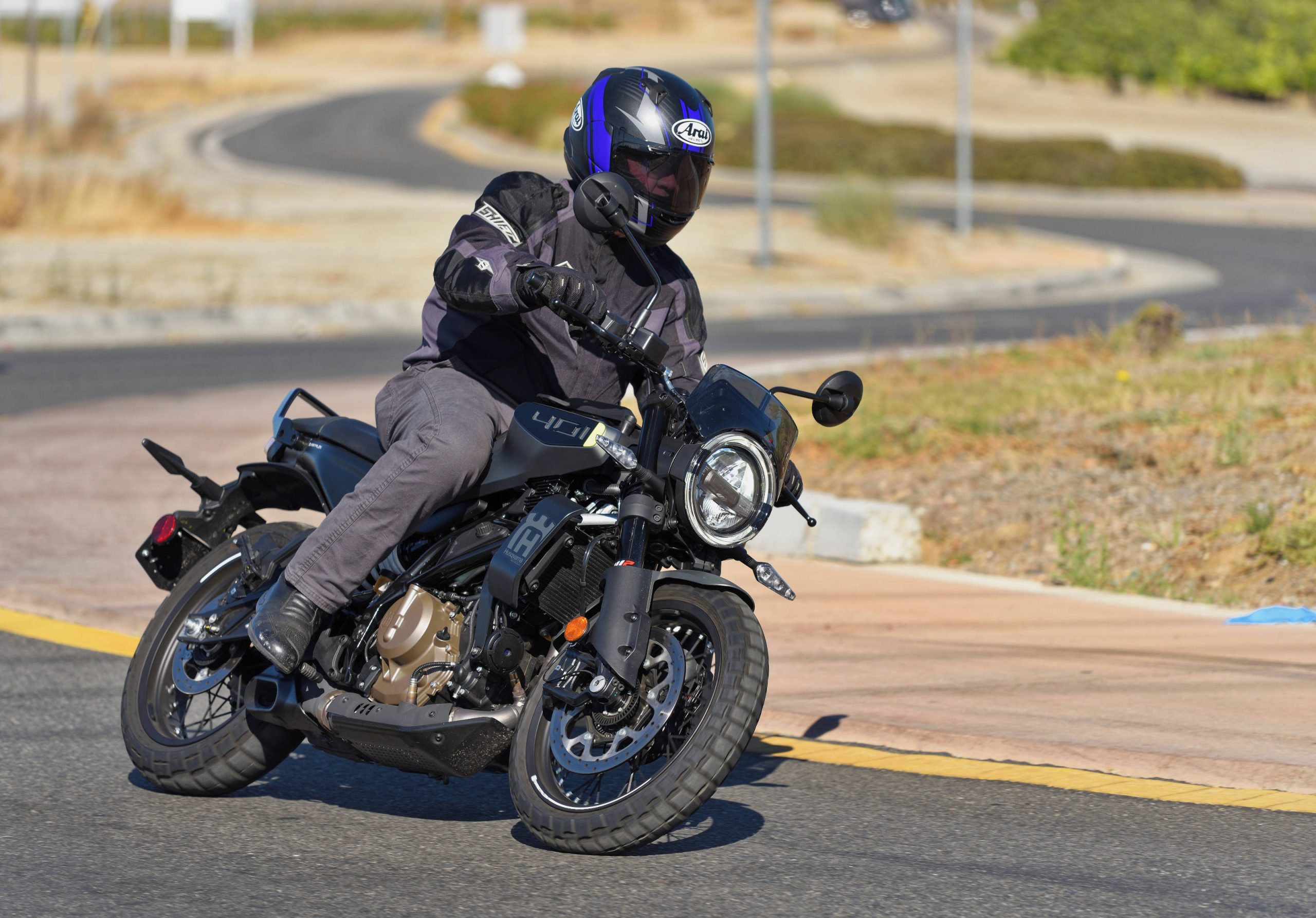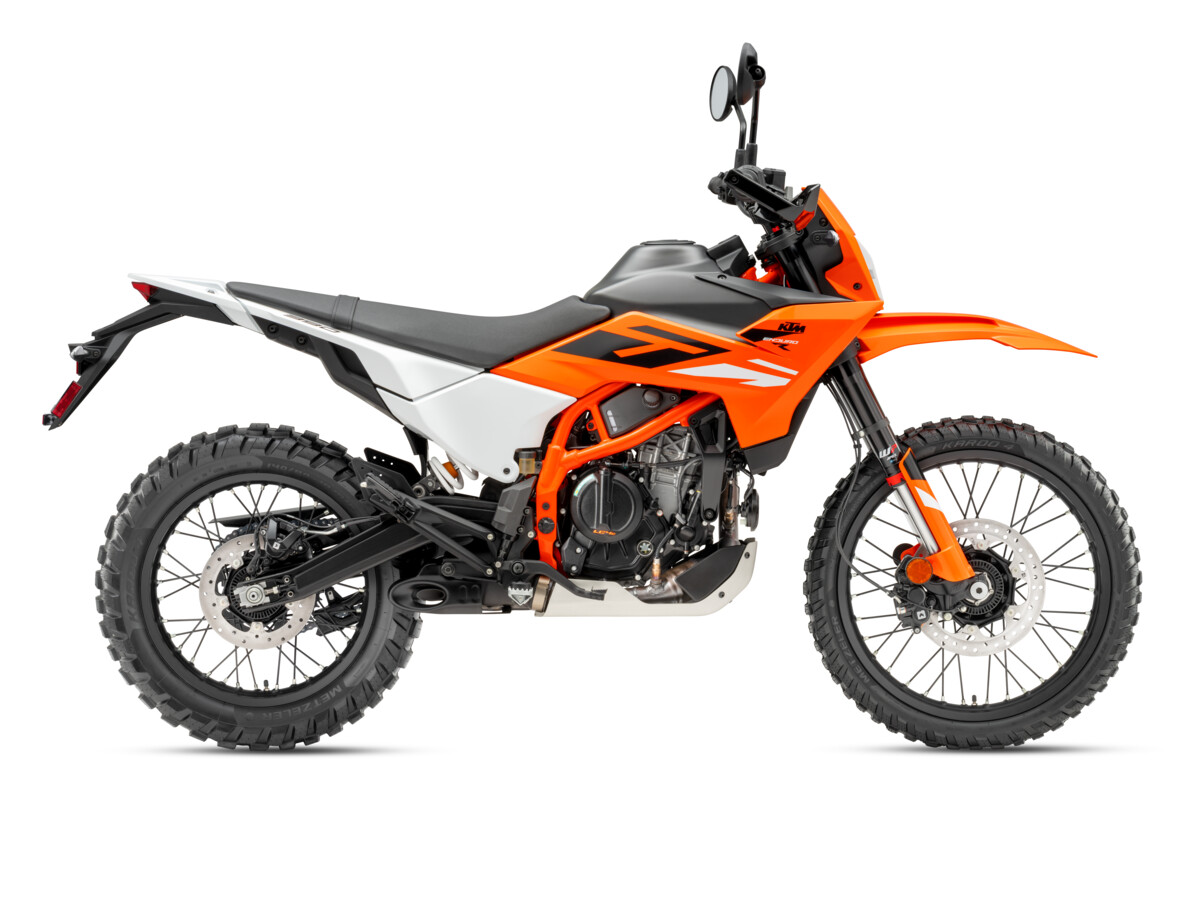
When we think of Ducati here in the United States, we frequently think of superbike racing, and the 916/996/998 production superbike models. Worldwide, however, Ducati Monsters dominate Ducati sales — one-half of all units sold by Ducati are Monsters.
The Monster introduced by Ducati roughly a decade ago knocked the world of motorcycle design for a loop. Although, in some ways, similar to “standards” built in the past, the Monster, with its trellis frame, and its timing (introduced when virtually all manufacturers were covering their bikes with lots of plastic) was revolutionary.
Of those Monsters sold by Ducati, the smallest Monster is the individual sales leader. Last year’s Monster 600 accounted for one-fourth of all Ducati motorcycle sales (in terms of unit volume). In redesigning the 600, therefore, Ducati had plenty of incentive to do a thorough and complete job. The result is the 620 i.e.

The 620 i.e. comes in two basic versions, the Dark (immediately recognizable by its single front disc and matte black paint scheme) and the Standard (with dual front discs, and other detail differences). Both machines feature an entirely new frame derived from the Monster S4, and a new fuel injected engine (last year’s bike was carburetted) that now displaces 618cc. Although horsepower-mad Americans may have viewed the 600 as underpowered, the fuel injection and displacement boost provide a significant nine horsepower increase (now 60 horsepower at the crank) and an additional three foot pounds of torque. Importantly, horsepower and torque are up across the board — from idle to redline.
The engine performance was also aided by a new, larger airbox (based, once again, on the S4 design).
Aside from the new frame, chassis changes include a new fork, new shock, new gauges, new swingarm, exhaust and silencers, and revised ergonomics.
Editor Dirck Edge was invited by Ducati to the U.S. press introduction held in La Jolla, California. Riding near the ocean, and into the coastal foothills, Dirck got a chance to sample the 620 i.e. in varied conditions.

The new motor is excellent. Ducati, which has a history of dialing in fuel injection very well (due, to some extent, to their extensive experience with fuel injection in racing) has done an excellent job with the new motor. For the class, there is plenty of power, and the spread of power is quite large.
The 620 i.e. pulls cleanly and strongly from a stop, and has decent peak horsepower despite the broad, smooth spread of torque and horsepower across the rev range. Frankly, the bike pulls much harder than expected for an air-cooled, two-valve per cylinder 620 twin.

The chassis also feels very capable. The steel, trellis frame (a Ducati trademark) is noticeably stiff and precise handling. Ducati dials the 620 i.e. suspension on the stiff side — favoring agressive riding and handling over comfort, but the suspension was reasonably compliant, nevertheless. The new instruments are a big step forward from older Ducati instrumentation on the Monster series. Matching many modern Japanese designs in a traditional looking package, the instruments provide both a speedo and tach, with an oil pressure warning light, turn signal indicators, high beam indicator and LCD clock. There is also a security system built into the machine — in the form of an anti-theft electronic immobilizer.
Frankly, the only real negative impression I received from the 620 i.e. came from the handlebar position. Sporting dirt bike-style handlebars, Ducati chose to rotate the bars forward on the 620 i.e. This put my hands and wrists in an odd position — something I never got used to during the ride. Fortunately, the cure for this should be relatively simple and inexpensive. I wanted to try rotating the bars backwards a bit (the stock bars, that is), but never got the chance. This might do the trick by itself, but a set of after-market bars (easily installed, given the design) would surely offer greater comfort. The seat to peg relationship was fine, and the bike clearly has the potential to offer a comfortable interface with the rider.
By the way, I sampled both the Dark and the Standard versions. The Dark felt noticeably nimbler without the rotating mass of the second front disc, but provided only adequate braking performance. The dual discs of the Standard offer phenominal, but controllable stopping power.

What can you say about the Ducati Monster styling? The air-cooled Monsters are classics. At the price these bikes will be available for in the United States ($6,495 for the Dark, and $6,995 for the Standard), you won’t be able to touch the style and prestige of this bike. Upside down forks, for instance, are not available in this class and this price range. Paint and overall “fit and finish” were excellent. Air-cooled Monsters typically provide good reliability and decent gas mileage, as well. For the rider on a budget (novice, or experienced) who wants Ducati style and handling, this is a hard package to beat.





